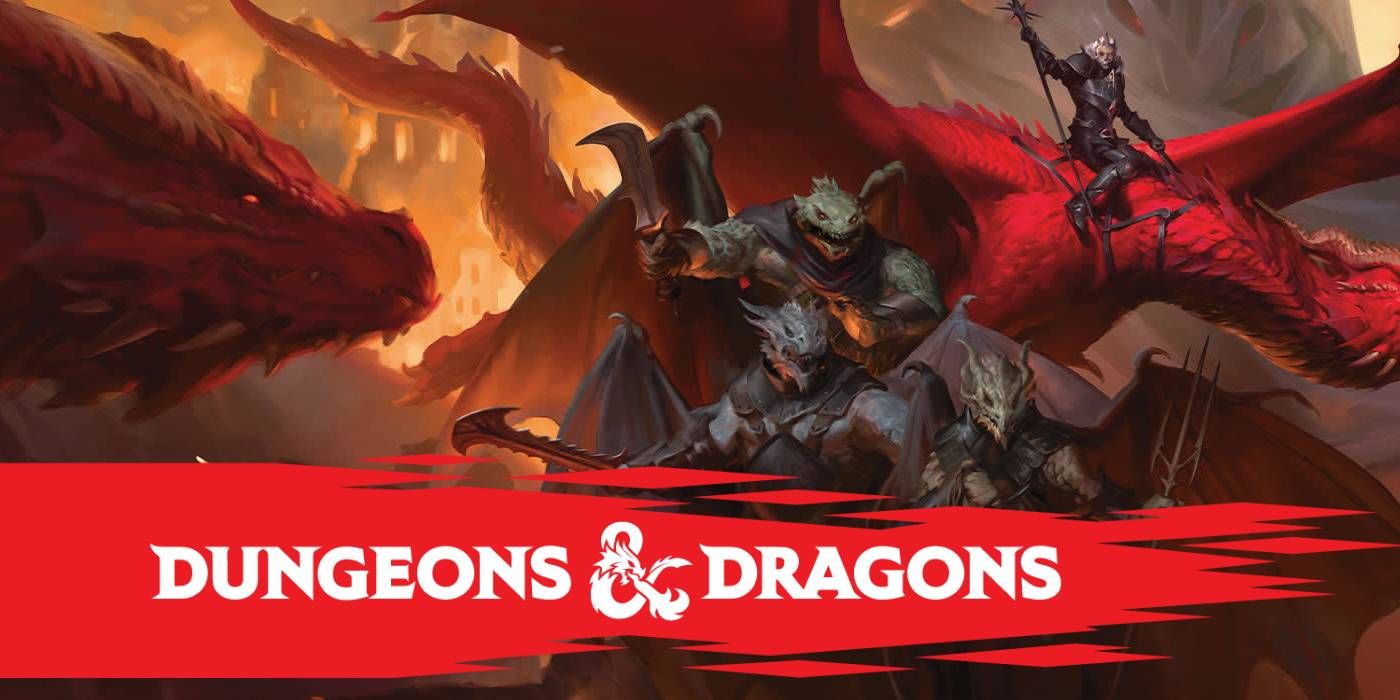Taking feats is great for multiclassing in Dungeons & Dragons because feats allow characters to gain additional abilities and options beyond what their class levels provide. Feats can provide bonuses to skills, proficiency with new weapons or armor, or even grant entirely new abilities such as spellcasting or the ability to make extra attacks.
Multiclass characters can use feats to round out their abilities and smooth out weaknesses that come from not specializing in one class. Feats also allow characters to customize their abilities to better fit their desired play style and character concept. It’s important to remember that feats are options, not necessities, and builds can change at the roll of a die.
10 Actor
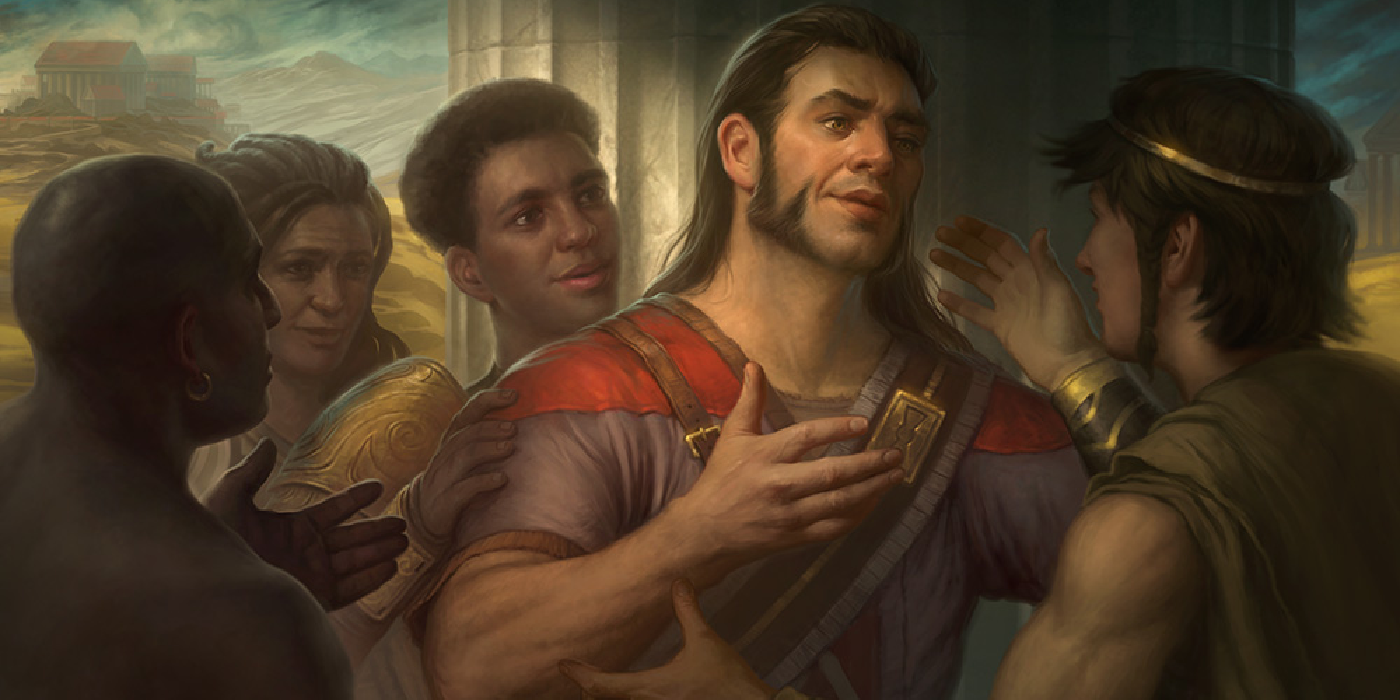
This feat allows a character to add their proficiency bonus to any Deception or Performance checks they make. It also allows a character to mimic the speech patterns and accents of other individuals, perfect for the creepiest subclasses in Dungeons & Dragons that moonlight as shapeshifters.
This feat is good for players because it enhances a character's ability to deceive or entertain others. Multiclasses with a huge focus on Charisma such as Sorcadins, Hexblades, and Bards are going to find a lot of use out of this feat in particular, as it improves Charisma while adding new features that may be unavailable to them.
9 Alert
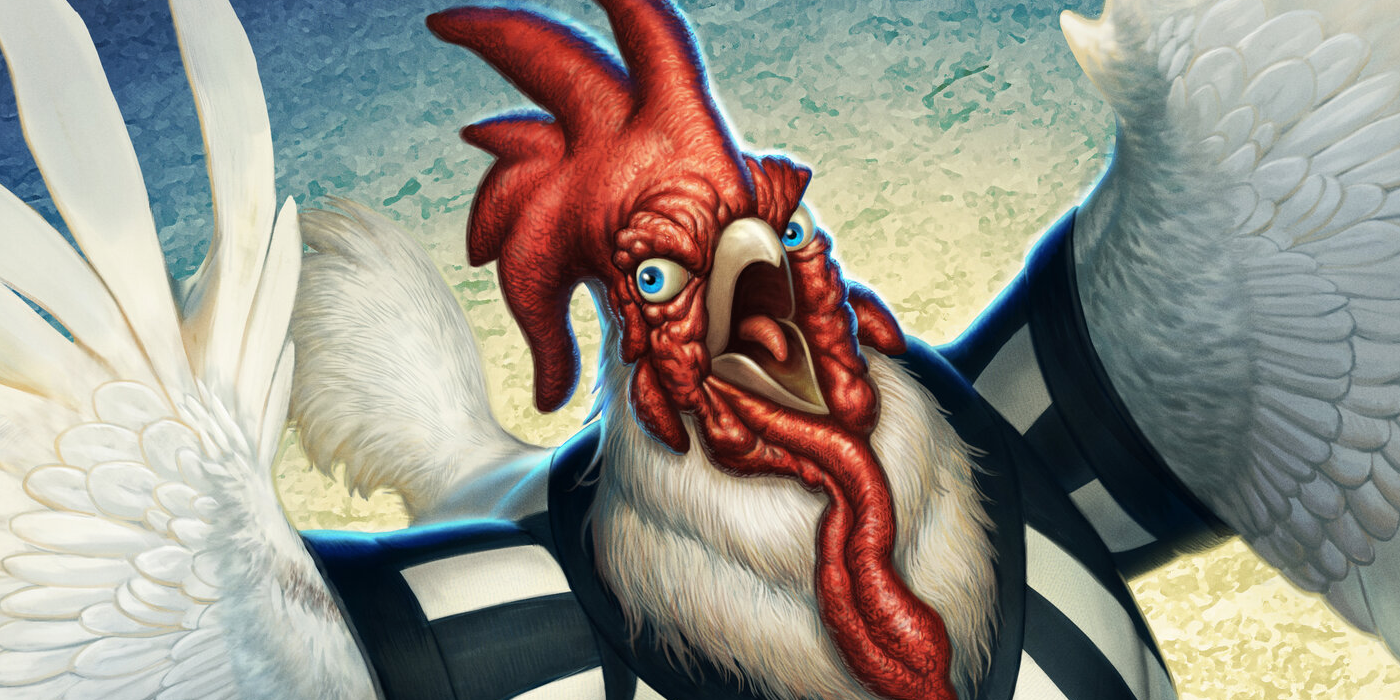
This feat grants a character an increased level of awareness and alertness. Characters with this feat gain a +5 bonus to their initiative roll, meaning they are more likely to act before their opponents in combat. They also cannot be surprised while they are conscious.
Multiclassing is a versatile build option, but they often have poorer stats than pure classes due to all the requirements. Any subclass combo, overpowered or not, benefits from striking first. Alert shores up the negatives of having a lower Dexterity stat and has the very important benefit of just outright canceling surprise.
8 Lucky
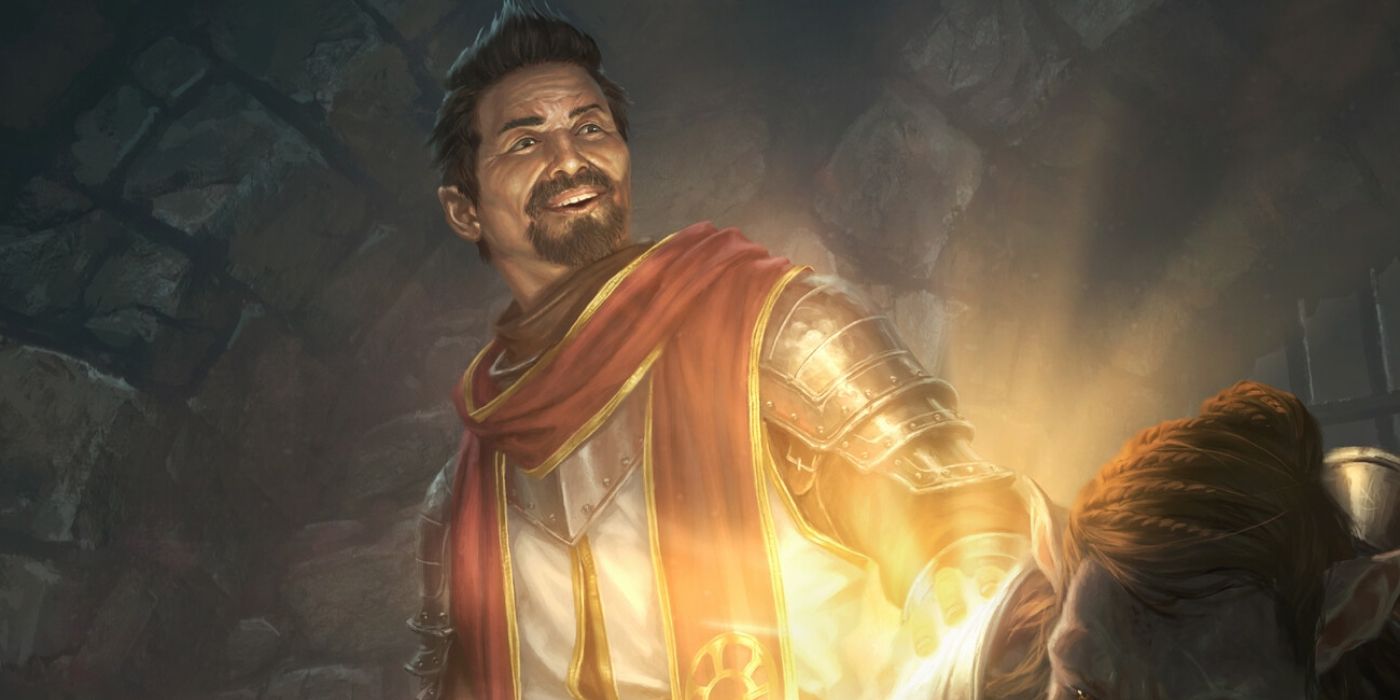
The Lucky feat grants a character an extra layer of luck, allowing them to reroll a failed ability check, saving throw, or an attack roll. The character can choose to use this ability after the roll, but before the outcome is determined. The character can use this ability three times and regain all expended uses after a short or long rest.
The sheer variety of options available to multiclassers means they potentially get the most out of the free rerolls. The most powerful single-class character builds in D&D often use feats like these, but it can be incredibly gimmicky when used with a multiclasser.
7 Polearm Master
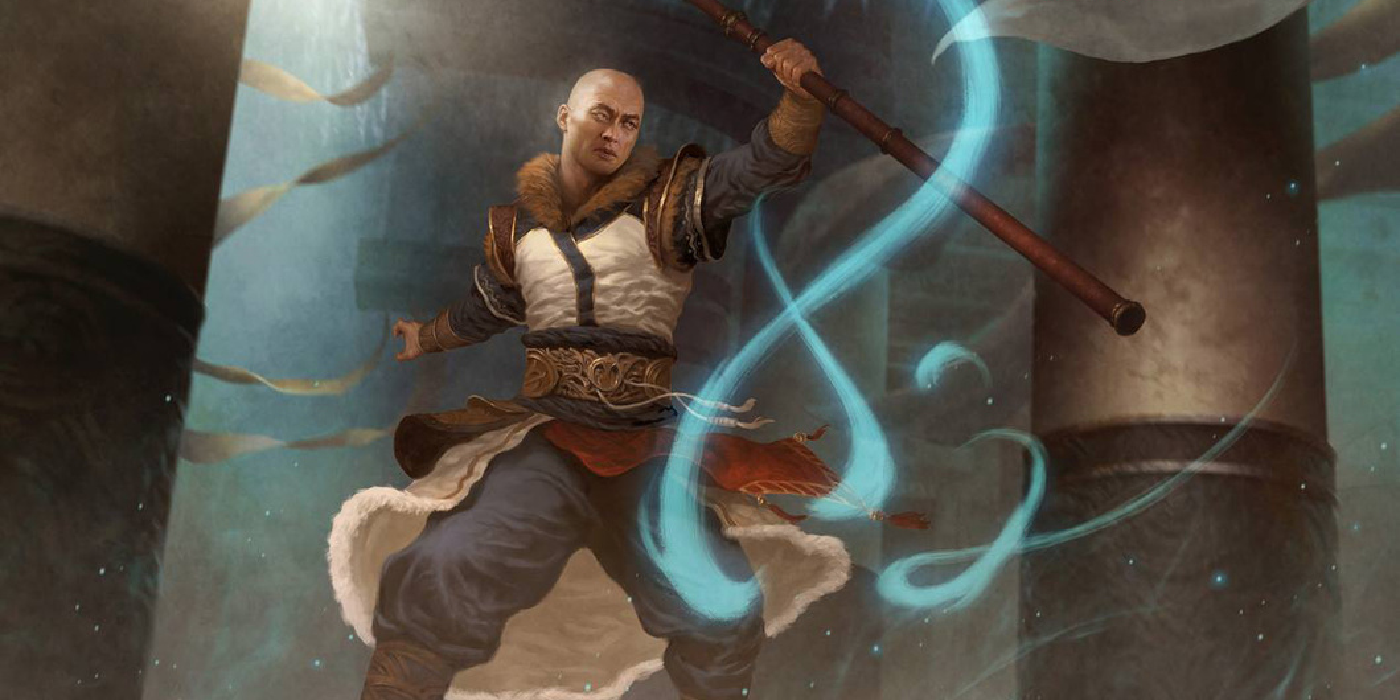
The Polearm Master feat is a feat that allows a character to gain additional abilities when wielding these weapons. These include the ability to attack as a bonus action with the other end of a polearm and make an opportunity attack as soon as an opponent enters the range of the player.
The extra attacks mean a lot of opportunities to procure the many options available to multiclassers. In particular, Sorcadins and Hexblade Swashbucklers are a great fit for this feat. Polearm Master is also a very popular even essential feat for players who want to build a classic ninja-type character in Dungeons & Dragons.
6 Great Weapon Master
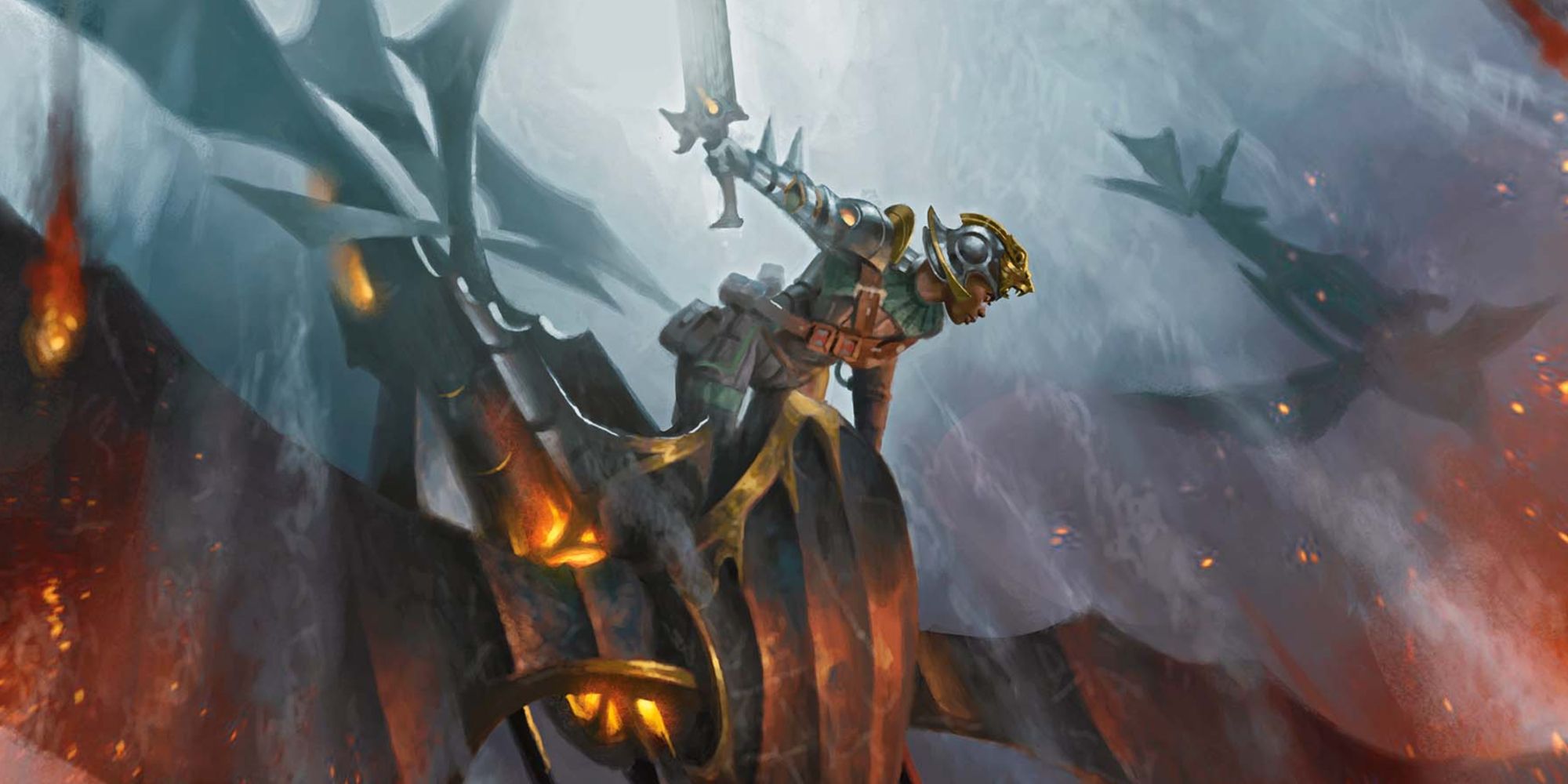
The Great Weapon Master feat is a feat that allows a character to gain additional abilities when wielding these weapons. When wielding a heavy weapon, the character can choose to take a -5 penalty to their attack roll to add +10 to their damage roll. In addition, if they land a critical hit, they can attack again as a bonus action.
Great Weapon Master is the perfect feat for those that just love to deal as much damage as possible in a single turn. Pair that with a Paladin, who already have Smites, they are massive threats on the battlefield. There are a ton of powerful Fighter subclasses in Dungeons & Dragons that are great for crit-fishing such as Battle Master and Champion.
5 Mobile
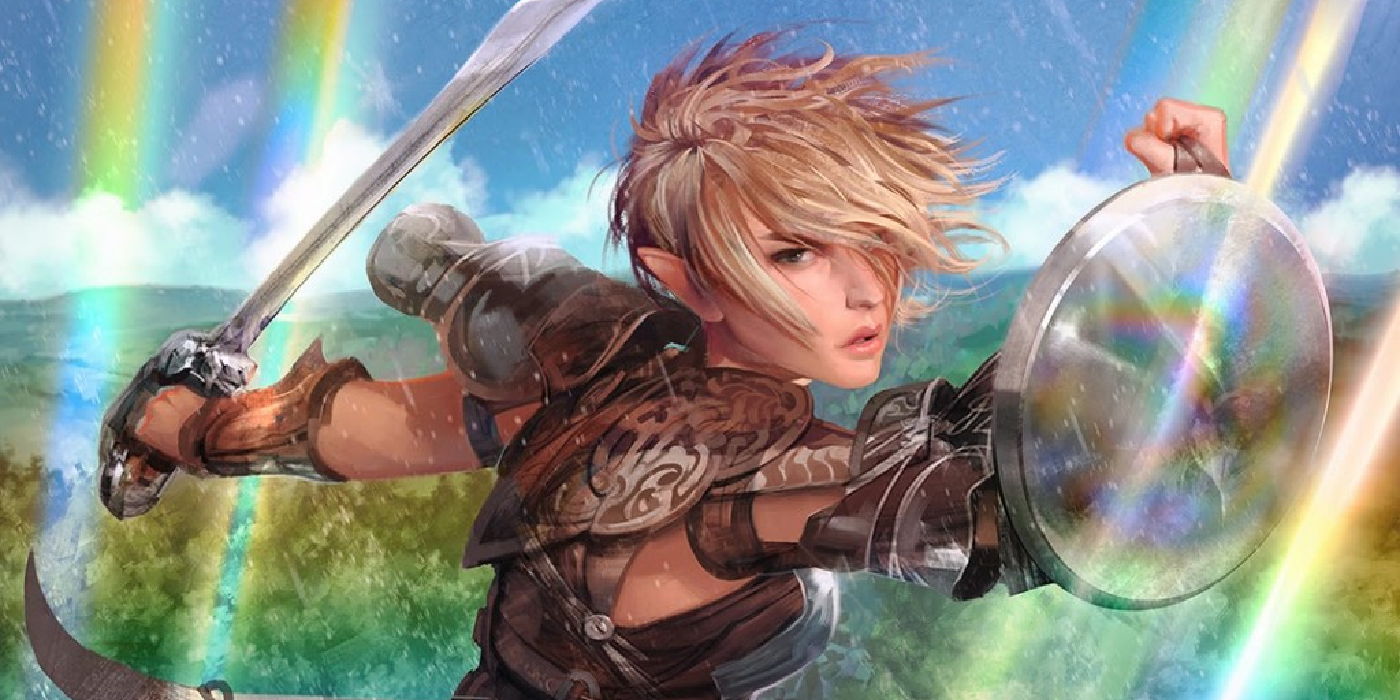
The Mobile feat is a feat that allows a character to increase their mobility and ability to avoid opportunity attacks. Their base speed is increased by 10 ft, and any movement they do in combat doesn’t provoke opportunity attacks in melee range. Mobility is an underrated but regardless, important ability on the battlefield.
For multiclassers, Mobile also enables some ridiculously agile builds. There are quite a few builds online that are dedicated to going as fast as possible within the confines of 5e, and the Mobile feat is always at the top of that list. Anyone wanting to build a D&D character analagous to DC superhero the Flash in 5e doesn’t have the luxury of ignoring this feat, and they also need some form of multiclassing.
4 War Caster
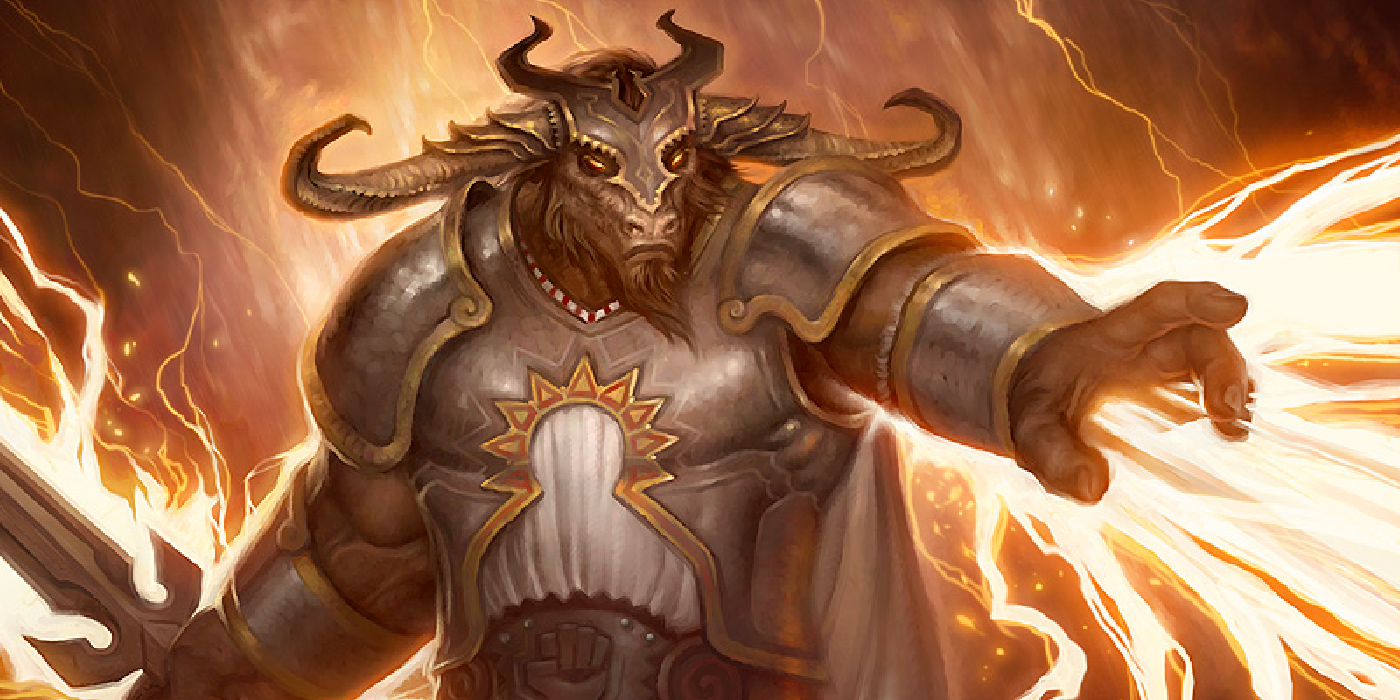
The War Caster is a feat that allows a character to increase their ability to cast spells in combat and use their spells in combination with weapon attacks. It allows characters to only perform the somatic components of spells, gives an advantage on saving throws to maintain concentration on spells, and attack as a bonus action after casting a spell.
This feat is good for players who want to make their spellcasting character more combat-efficient, as it allows them to cast spells and attack with relative ease. Quite a few multiclass builds benefit greatly from these effects, which go a long way to smoothing the weakness of both spellcasting and martial archetypes for D&D characters.
3 Tough
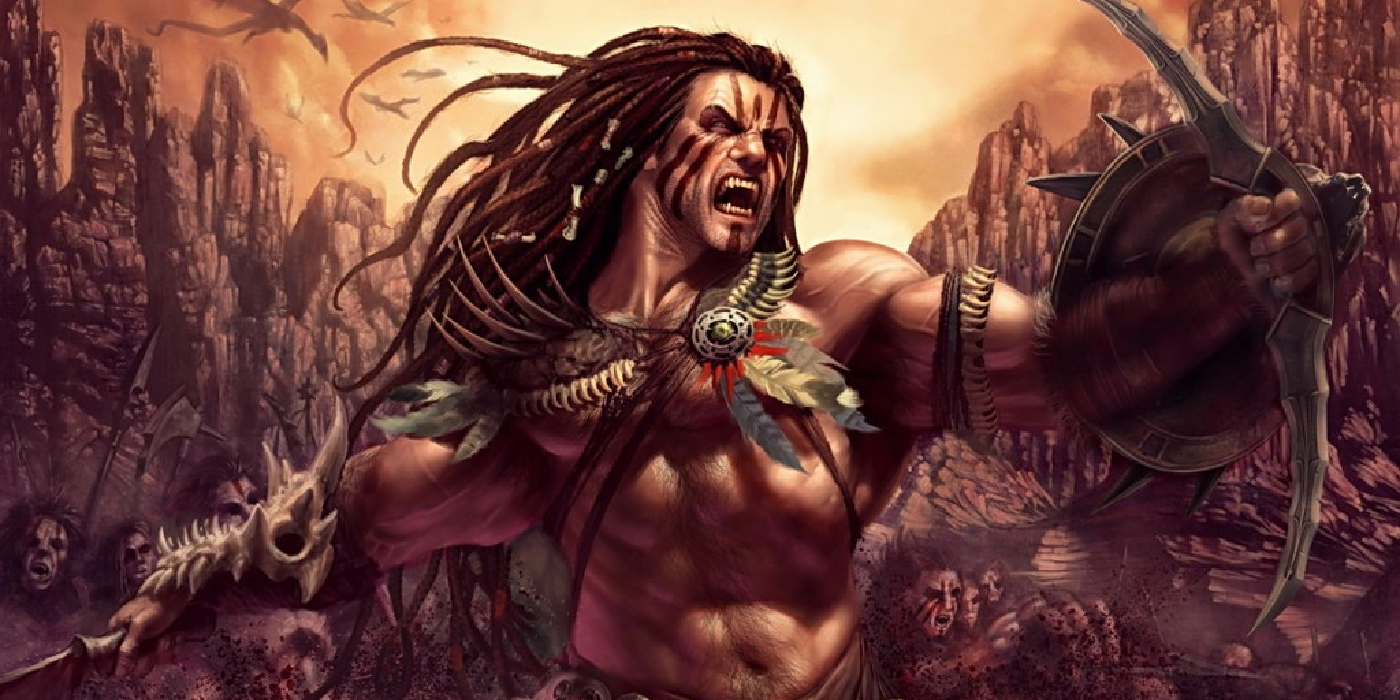
The Tough feat is a feat that allows a D&D player character to increase their hit point maximum by an amount twice their level, then an additional +2 at each level gained. It’s a simple change, but the Tough feat is a very dependable build for both tanks and spellcasters that need far more health than what they have naturally.
An unfortunate side effect of many multiclass builds such as Sorcadin and Hexblade Rogue is that they don’t use particularly “tough” hit dice, which means they’re often the first to fall in battle. The Tough feat can make underwhelming Dungeons & Dragons subclasses that suffer from survivability issues a lot more playable. If nothing else, they won’t melt the moment they enter combat.
2 Observant
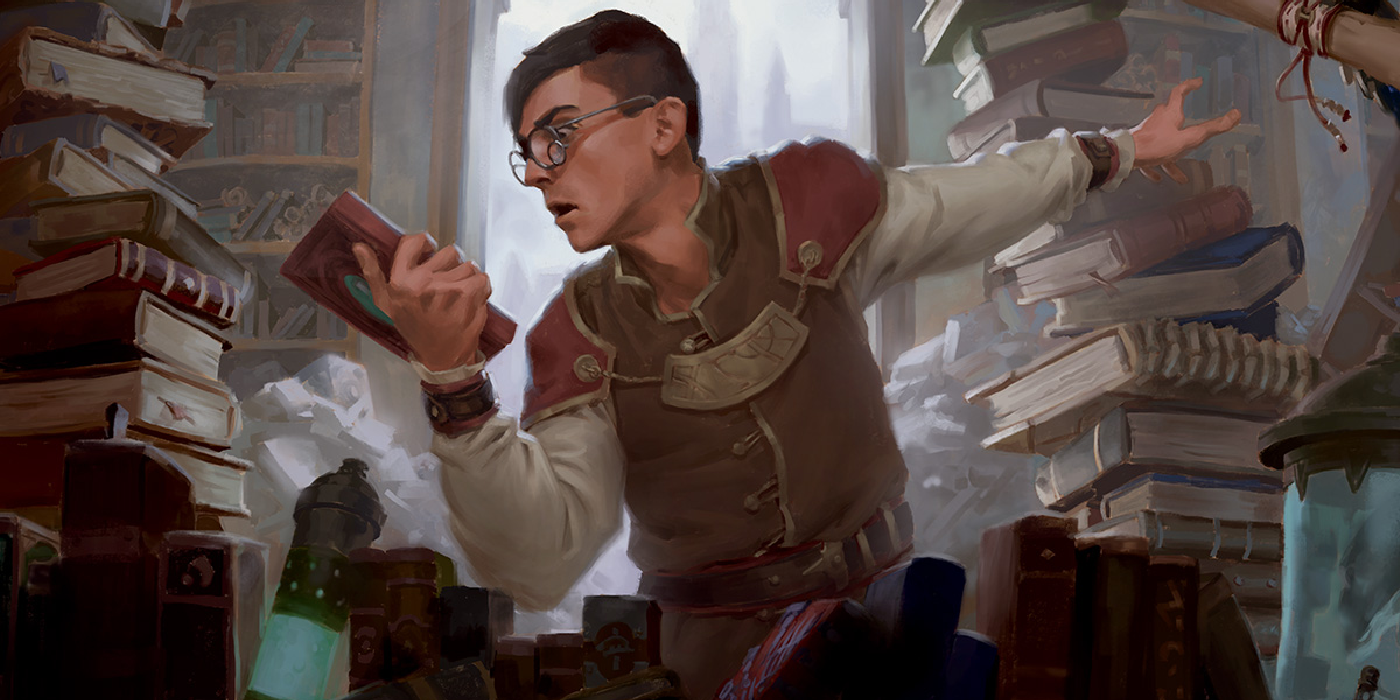
The Observant feat is a feat that allows a character to increase their ability to perceive their surroundings and even read the lips of faraway creatures. The increased perception is thanks to the +5 bonus granted to passive Perception and Investigation checks. They also gain a +1 in Int or Wis.
Observant is particularly potent with builds that are already getting a lot of use out of the Wisdom stat. For example, Inquisitive Rangers can become the perfect snipers thanks to this feat, as they become more aware of their surroundings. Plus, it’s great for Batman-themed Dungeons & Dragons character builds that lean into the detective aspect.
1 Resilient
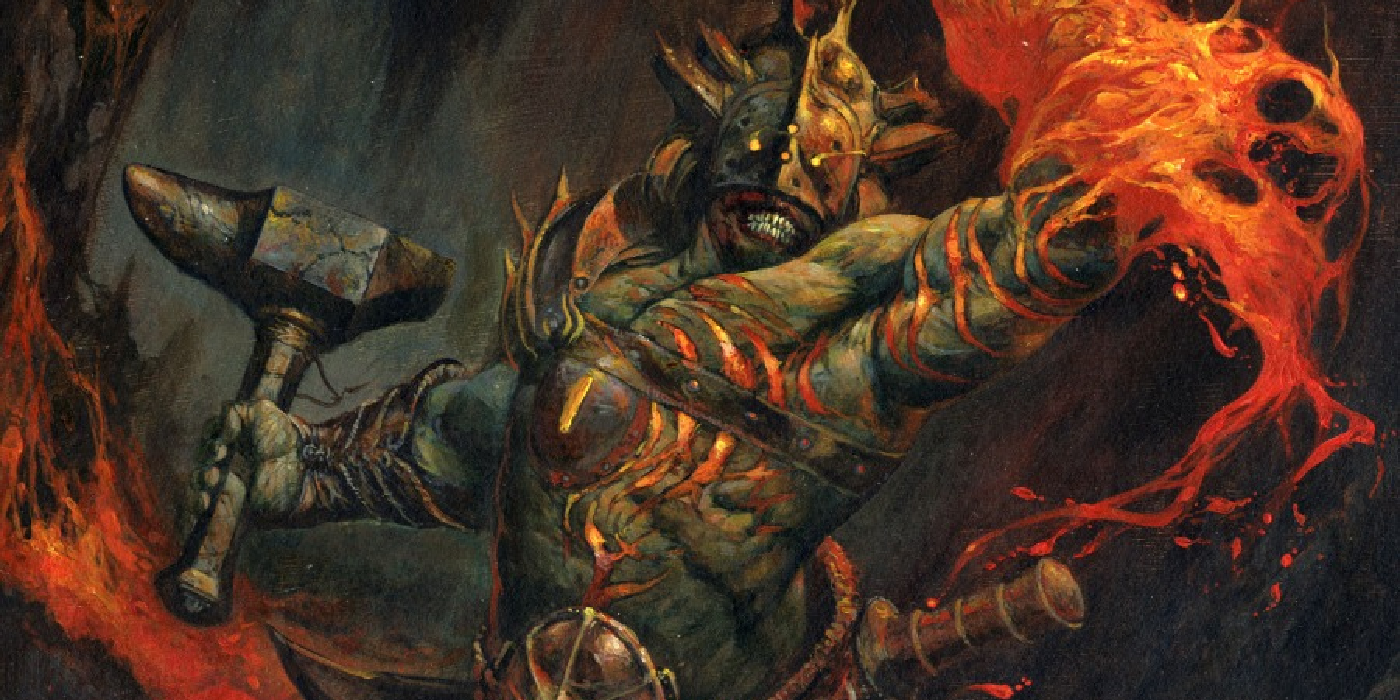
The Resilient feat is a feat that allows a character to increase their ability to resist specific types of damage by granting the character a +1 bonus as well as saving throw proficiency in a particular stat. It’s a simple bonus, but it’s one of the most common feats to pick up for multiclassers for survivability reasons.
Often, multiclassing in Dungeons & Dragons forces sacrifices in the name of versatility. These sacrifices are often in the form of dying much faster than most. Resilient, particularly towards Constitution, makes multiclass characters last a lot longer on the battlefield. The spell-slinging Wizard class in D&D need not rely on Shield alone to survive.
Source:gamerant.com
